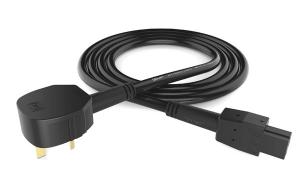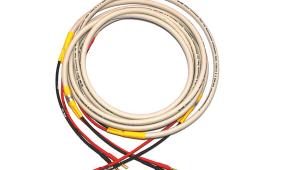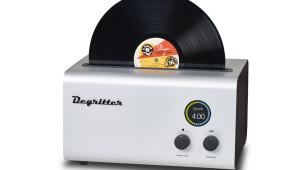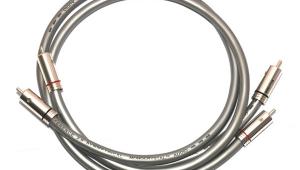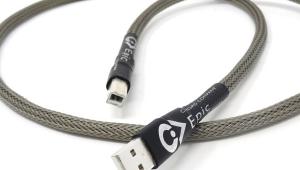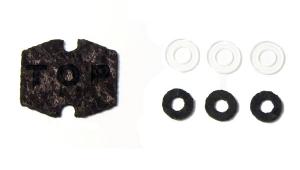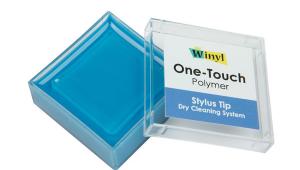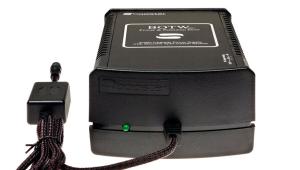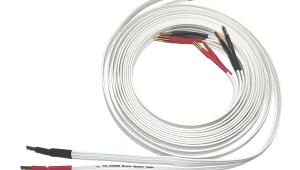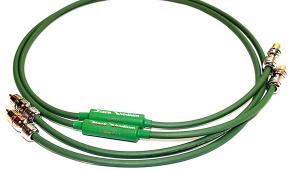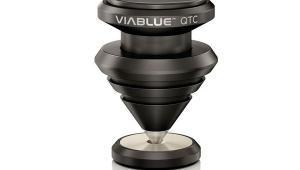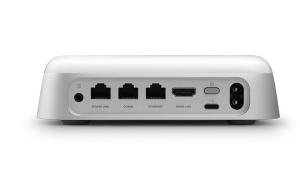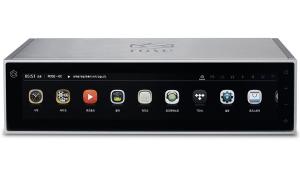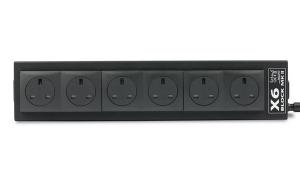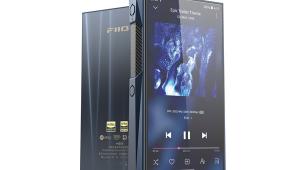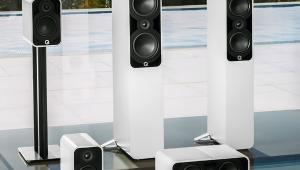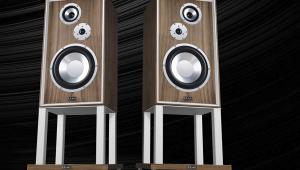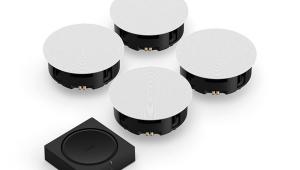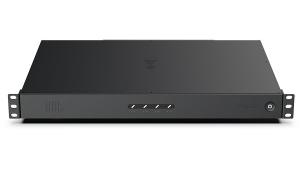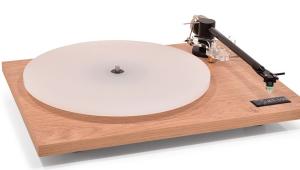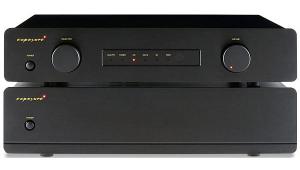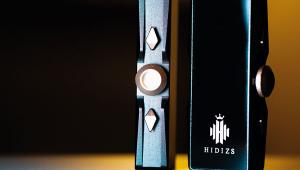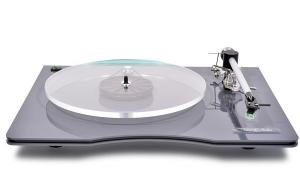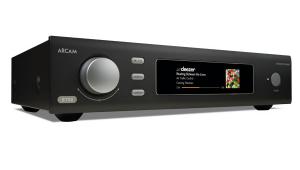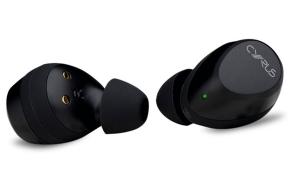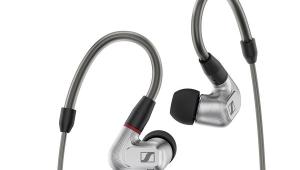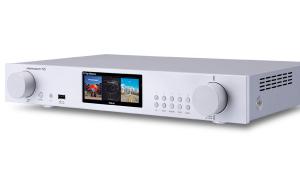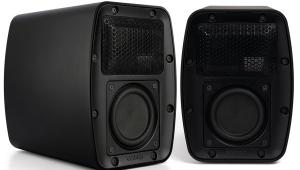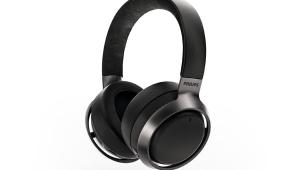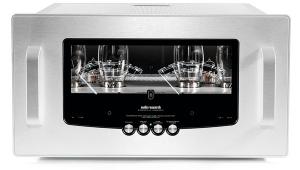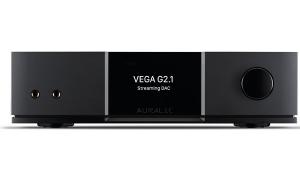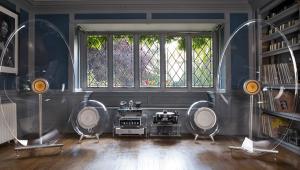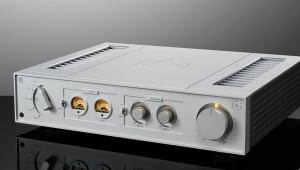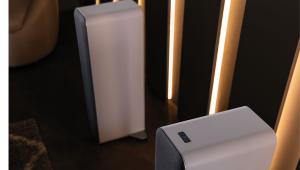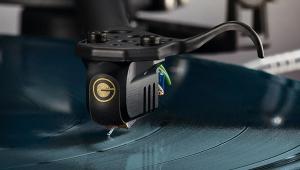Atlas Cables Hyper Achromatic Z 2
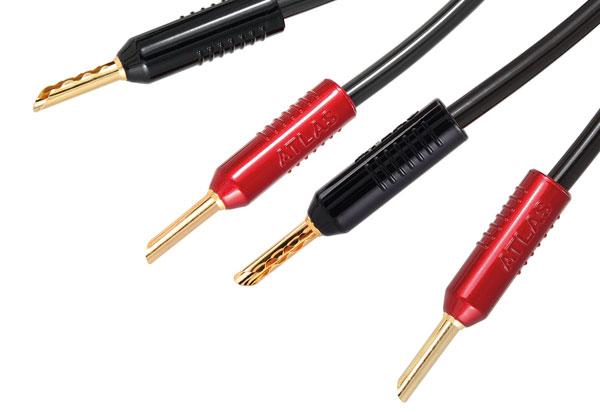
 Atlas Cables considers that stranded conductors are better at conveying low frequencies and that solid conductors are better at handling higher ones. The Hyper Achromatic Z cable therefore employs a solid conductor for handling the treble and midrange – which is intended to deliver a very stable stereo image – and a stranded conductor to support the lower frequencies. Both types are made from oxygen-free copper. The cable also utilises a foamed polyethylene dielectric for the insulation, and a cotton anti-vibration filler material to reduce potential microphonic effects resulting from mechanical vibrations.
Atlas Cables considers that stranded conductors are better at conveying low frequencies and that solid conductors are better at handling higher ones. The Hyper Achromatic Z cable therefore employs a solid conductor for handling the treble and midrange – which is intended to deliver a very stable stereo image – and a stranded conductor to support the lower frequencies. Both types are made from oxygen-free copper. The cable also utilises a foamed polyethylene dielectric for the insulation, and a cotton anti-vibration filler material to reduce potential microphonic effects resulting from mechanical vibrations.
It’s terminated with Achromatic Z plugs, which have a 35 percent reduced mass in comparison with Atlas’ previous design. The body of the plug is made from a high-stability Acrylonitrile Butadiene Styrene (ABS) thermoplastic polymer. The connections are solder-free dry-welded and self-cleaning. The non-conductive plug body eliminates eddy currents, which would otherwise cause unfavourable effects. The four separate conductors are housed in a single jacket and then split into four separate leads at both ends through a plastic boot. Each lead is neatly labelled to show the positive and negative plugs for both the LF (low) and HF (high) connections on the bi-wired loudspeakers.
Sound quality
With the cable connected between valve monoblocks and transmission line loudspeakers, I kick off testing with Beethoven’s Symphony No.9 performed by the Berlin Philharmonic under the baton of Herbert Von Karajan. After the quiet introduction, the music explodes into an exuberant crescendo. The Hyper Achromatic has no problem with the massive dynamic range of this recording, and there is no sense that the cable is struggling to keep up. When the singers join in for the final movement, Ode To Joy, they are really distinct and never blur together, which can all too often happen with lesser cables.
Caravelle by Pierre Gossez and his Jazz Quintet is played on saxophone, harpsichord and piano with drum accompaniment. All the instruments are crystal clear and well defined, and I am propelled along by the energy of the performance. The bass is beautifully tight and punchy, and the extreme top end positively sparkles.
Elinor Frey on cello and David Fung on piano playing De Falla’s Asturiana is captivating and the accuracy of the reproduction of the instruments really draws me into the performance. The position of the instruments is well defined with the cello very much in front and to the right of the piano. The Hyper Achromatic Z does a fantastic job of conveying all the subtle nuances of both instruments.
Tony Mottola’s version of Cole Porter’s I Love You is light, airy and tuneful, with a perfect balance between the instruments while his solo section on guitar is warm and involving. The tonal details of each instrument are extremely well conveyed and very musical.
Next some techno-jazz by Azymuth. Playing Equipe 68 highlights how well the Hyper Achromatic Z cable controls the punchy and powerful bassline, which propels me through. At the other end of the audio spectrum, the hi-hats are really crisp and their position within the overall soundstage is well defined.
I finish off by spinning a Fonè audiophile LP of Salvatore Accardo and the Orchestra Da Camera Italiana playing Piazzolla’s Verano Porteño. The performance is powerful, vibrant and exciting. In particular, the bass is superbly tight and well controlled, as it was with the Azymuth track.
Conclusion
The Hyper Achromatic noticeably notches up the clarity and realism of all the pieces I play, and is certainly a high performing cable worthy of any decent audio system. NR
DETAILS
Product: Atlas Cables Hyper Achromatic Z 2
Type: Bi-wireable speaker cable
FEATURES
● Stranded and solid OFC conductors
● Foamed polyethylene dielectric
● Anti-vibration filler
● Achromatic Z plug self-cleaning terminations
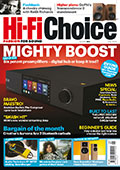 |
Inside this month's issue: Neat Acoustic Mystique Classic floor standing loudspeaker, Austrian Audio The Composer headphone, T+A PSD 3100HV network-attached DAC/preamp, Audio-Technica AT-SB727 Soundburger portable turntable, a preamplifier Group Test and much, much more...
|

